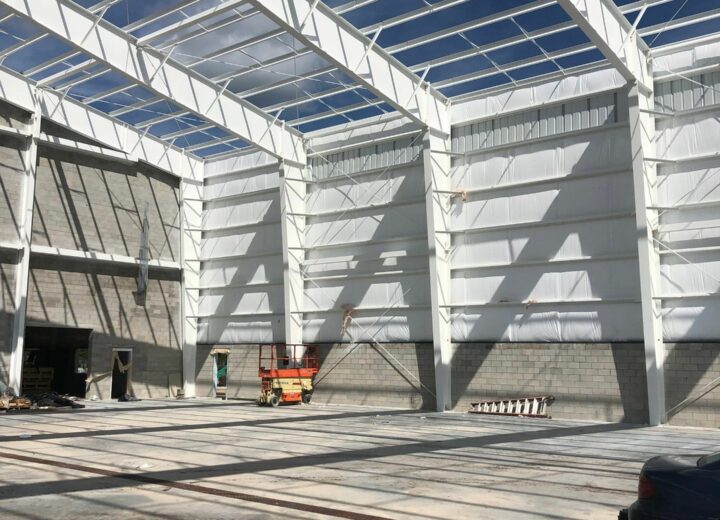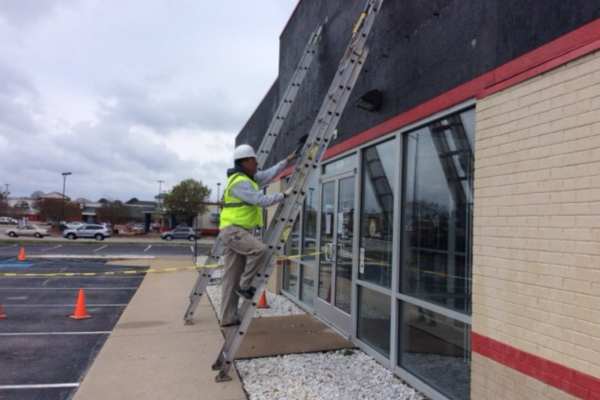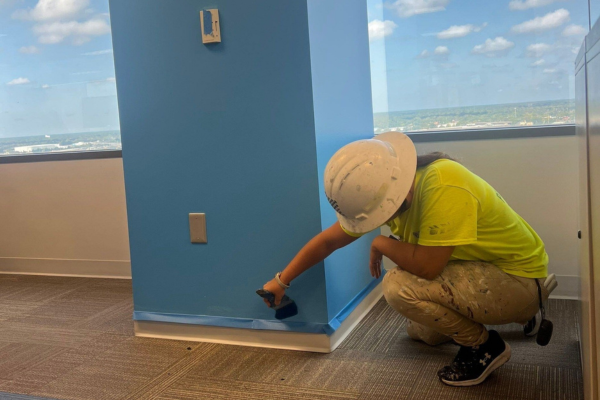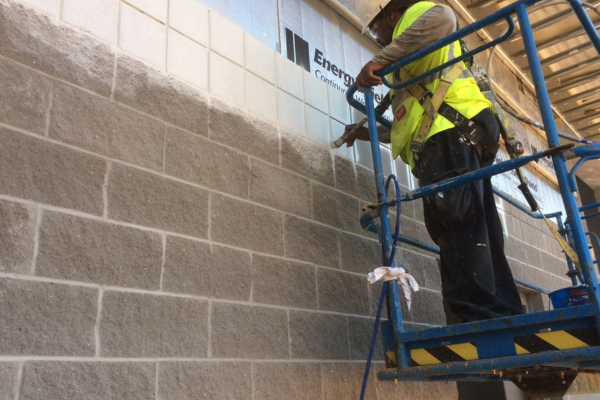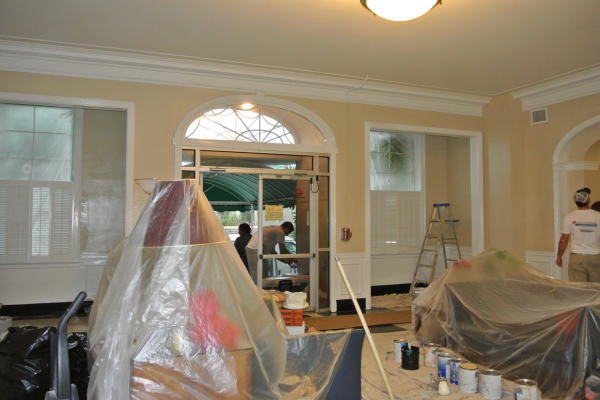Waterproofing refers to a complex process through which a building is protected against water and moisture intrusion. Although waterproofing and damp-proofing are often used interchangeably, they define two different things: while waterproofing prevents both moisture and water from entering buildings through exterior surfaces, damp-proofing only delivers a vapor barrier, which keeps out the moisture resulting from temperature variations. Making a clear distinction between these two terms is critical in order to identify the root cause of the water seepage problem and get rid of it for good.
Exterior Waterproofing Explained in Simple Terms
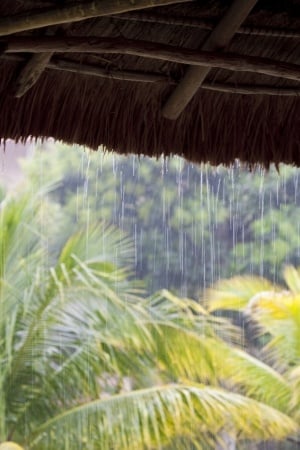 Exterior waterproofing systems and treatments are ideal for regions characterized by high relative humidity levels, such as Florida. According to experts, these systems and materials should:
Exterior waterproofing systems and treatments are ideal for regions characterized by high relative humidity levels, such as Florida. According to experts, these systems and materials should:
- prevent moisture accumulation in walls; the moisture in the atmosphere, the vapor released by the soil, or rainwater can enter walls and travel through structures, eventually affecting interior finishes;
- penetrate into cracks, filling and sealing voids against water and moisture;
- provide an impervious surface finish to walls, increasing their resistance to moisture and water penetration.
What many homeowners do not know is that waterproofing starts with proper concrete preparation. For a truly watertight construction, concrete should be reinforced to minimize the risk of cracking. Special admixtures can also be used to reduce moisture absorption. These admixtures contain crystals that grow denser when they come in contact with moisture and water, stopping them from passing through concrete. Unfortunately, preventing water penetration through exterior walls isn’t that simple. That’s because no systems or coatings can help keep exterior walls completely dry.
Additionally, a homeowner should consider all mechanical penetrations through walls, including doors and windows, air intakes and exhausts, electrical and gas service entrances, air conditioning lines, phone and cable service entrances, etc. If these areas aren’t sealed properly, water and moisture can easily enter into cavities and travel through walls, leading to mold growth, unhealthy living conditions, and permanent structural damage.
To prevent water seepage problems, most builders now use special flashings (metal strips placed in areas where two planes meet) for exterior wall penetrations, complementing them with other wall components (e.g. sealed joints, special fittings for pipes, vents, wires, etc.) to create a continuous drainage system, from top to bottom.
If you’ve already built or bought your home, the best thing you can do is to check the treatments and systems especially developed to stop water and moisture infiltration through walls, such as impermeable coatings and cement backer boards.
When it comes to impermeable coatings, spray-on treatments are the most convenient products available today. Easy to apply and fast drying – most of them dry in as little as 60 minutes – these treatments deliver a coat resistant not only to water and moisture but also to puncture. Another way to waterproof your exterior walls is to use the so-called wall membranes, which range from primers for green concrete or damp surfaces to silicate-based sealers and waterproofing paint.
You can also opt for cement backer boards. Made of reinforced cement molded into sheets, these boards maintain their structural integrity when exposed to water for long periods, which makes them ideal for use in areas susceptible to excessive moisture.
Regardless of what products you use, it’s critical to seal all seams and gaps properly in order to get an impenetrable barrier against water infiltration and prevent your home from turning into a “sponge.” Though some caulks are waterproof and durable, they’re not a reliable method for waterproofing large areas. Once you’ve waterproofed your exterior walls, future water seepage problems can be easily prevented through regular inspections and maintenance.

